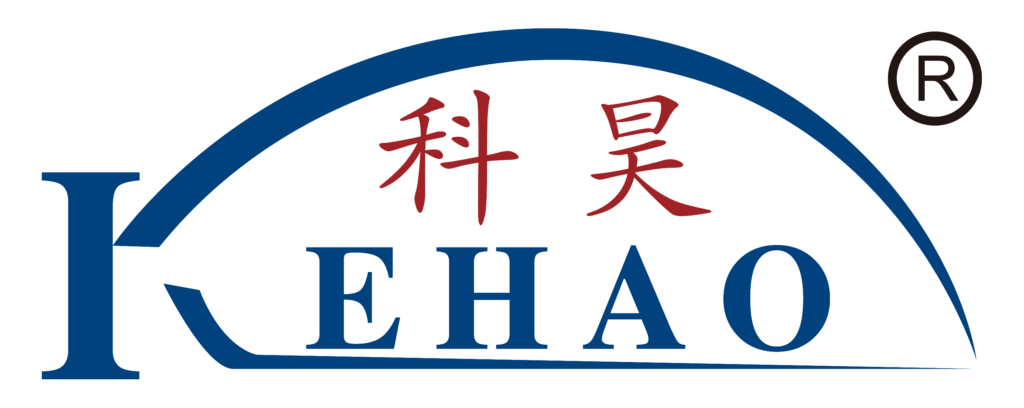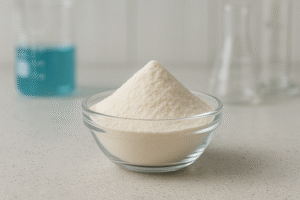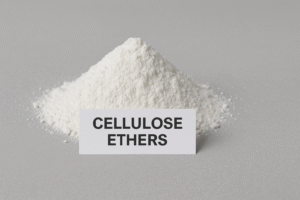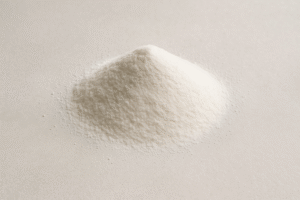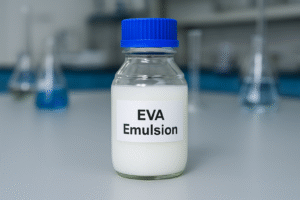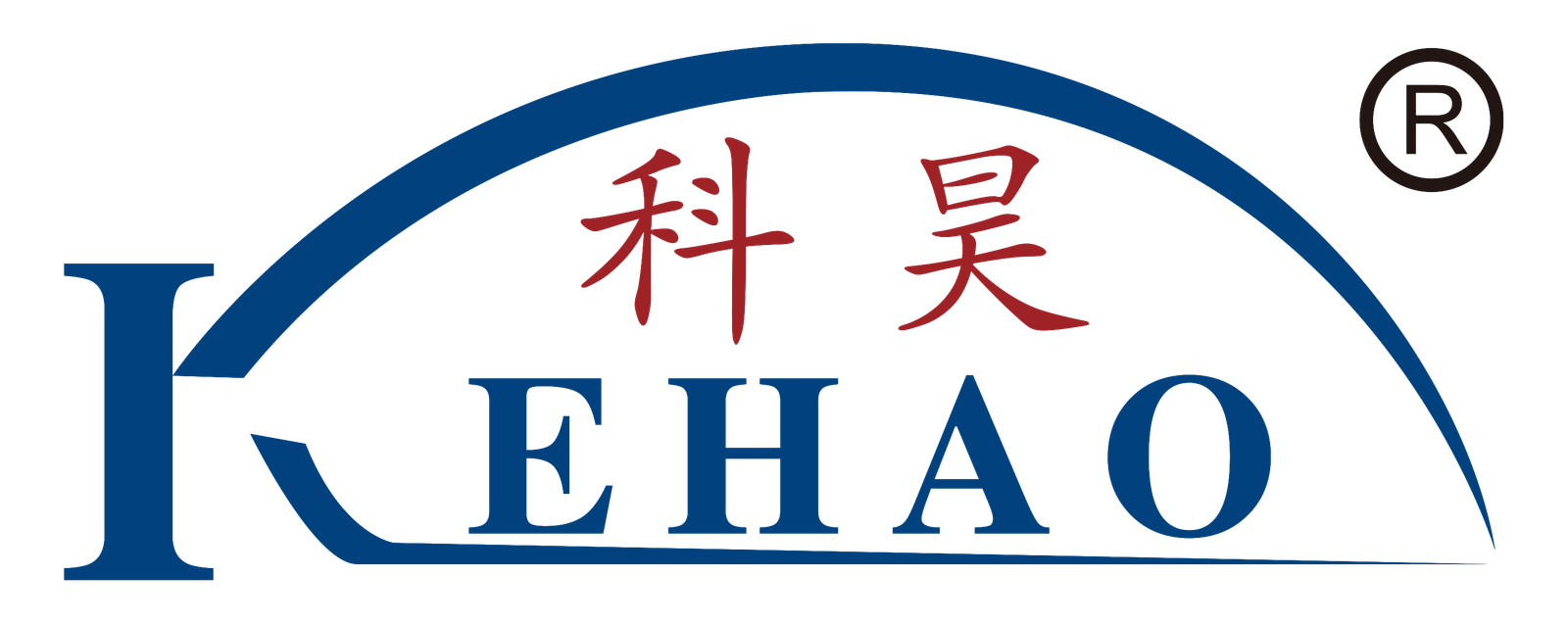Are you struggling with inconsistent water retention in your mortar or coating formulations? Poor water retention can lead to cracking, reduced adhesion, and application difficulties, costing you time and money.
Water retention in hydroxypropyl methylcellulose (HPMC) is primarily influenced by five key factors: thermal gel temperature1, viscosity, homogeneity, addition amount, and hydroxypropyl content. Each factor can be optimized to achieve the ideal water retention for specific construction applications.
I've been working with cellulose ethers for over 15 years, and water retention is consistently the most crucial property our customers ask about. In my experience, understanding these five factors can make all the difference between a successful formulation and a failed batch. Let's explore each factor in detail.
How Does Cellulose Ether HPMC Thermal Gel Temperature Affect Water Retention?
Have you noticed that some HPMC products perform differently in summer versus winter conditions? This variance often stems from the thermal gel temperature property that directly impacts water retention performance.
Thermal gel temperature defines the point at which HPMC transforms from soluble to insoluble state in water. Higher gel temperatures (59-85°C) typically provide better water retention than lower gel temperatures (32-56°C), especially in warmer application environments.
The thermal gel temperature of HPMC is particularly important in construction applications where ambient temperatures vary. In our Kehao production facility, we carefully control methoxyl and hydroxypropyl substitution to achieve specific thermal gel properties.
When HPMC reaches its thermal gel temperature, it forms a film-like barrier that significantly slows water evaporation from mortar.
For example, an HPMC with a gel temperature of 70°C will remain soluble and effective at retaining water even on hot summer days when wall surfaces might reach 40-50°C. Conversely, an HPMC with a 45°C gel temperature might prematurely gel in those same conditions, dramatically reducing water retention capability.
In many Middle Eastern markets like Saudi Arabia and UAE, where temperatures regularly exceed 40°C, I always recommend our high gel temperature HPMC grades. One customer in Riyadh saw application time increase by 30 minutes simply by switching to our higher gel temperature product.
The relationship between thermal gel temperature and water retention is a key consideration when selecting the right HPMC for your specific climate conditions.
How Does Cellulose Ether HPMC Viscosity Impact Water Retention?
Ever wondered why higher-viscosity HPMC costs more? Is it worth paying premium prices for thicker solutions when water retention is your primary concern?
HPMC viscosity2 directly correlates with water retention capability - higher viscosity grades (15,000-200,000 mPa·s) generally provide better water retention than lower viscosity grades (3-10,000 mPa·s) because longer polymer chains more effectively trap water molecules.

The relationship between viscosity3 and water retention4 is one of the most significant factors I discuss with customers during consultations. At Kehao, our testing consistently demonstrates that higher molecular weight HPMC3 (which creates higher viscosity solutions) forms more robust three-dimensional networks in water.
We can visualize this relationship through a simple water retention test we perform at our lab:
| HPMC Viscosity (mPa·s) | Water Retention (%) | Working Time Extension (min) |
|---|---|---|
| 5,000 | 89% | 15-20 |
| 15,000 | 94% | 30-35 |
| 100,000 | 97% | 45-60 |
However, there's an important consideration - extremely high viscosity can negatively impact workability. I always advise customers to find the optimal balance.
For instance, for exterior wall putty applications, our 75,000 mPa·s HPMC provides excellent water retention while maintaining good workability, whereas tile adhesives might benefit from our 15,000-30,000 mPa·s grades for the best balance of properties.
How Does Cellulose Ether HPMC Homogeneity Affect Water Retention?
Have you experienced inconsistent water retention across different batches of mortar? The problem might not be your application technique but rather the homogeneity of your HPMC.
HPMC5 homogeneity refers to the uniformity of molecular weight distribution and substitution patterns. More homogeneous products provide consistent, predictable water retention properties, while heterogeneous products may result in variable performance.

In my years working with various manufacturing processes at Kehao, I've observed that production methods significantly impact HPMC homogeneity6. Our advanced reactor design and strict process controls ensure uniform substitution across all cellulose molecules.
Homogeneity affects water retention in several key ways:
- Dissolution rate consistency - Uniform particles dissolve at similar rates, preventing "fish-eye" formation
- Even gel network formation - Consistent molecular weight creates uniform gel structures
- Predictable thermal response - Similar gel temperature behavior throughout the material
During a recent factory visit from a major Brazilian mortar producer, we compared standard HPMC with our highly homogeneous grade in their formula. The water retention variance between batches decreased from ±4.2% to just ±0.8% with our homogeneous product.
For quality control purposes, we use gel permeation chromatography7 and substitution analysis to ensure consistent molecular weight distribution. This attention to homogeneity is particularly important for automated production facilities where consistent performance is critical.
While homogeneity isn't usually listed on product data sheets, it's a parameter worth discussing with your supplier, especially if you've experienced batch-to-batch variations.
How Does Cellulose Ether HPMC Addition Amount Impact Water Retention?
Are you using the right amount of HPMC in your formulations? Too little wastes money on other additives trying to compensate, while too much unnecessarily increases costs.
HPMC dosage directly affects water retention capability, with most construction applications requiring 0.2-0.5% by weight. The relationship is not strictly linear - doubling concentration from 0.3% to 0.6% might improve water retention from 92% to 96%, but further increases yield diminishing returns.

Finding the optimal HPMC8 addition amount is critical for cost-effectiveness in formulations. Based on extensive testing in our laboratory, I've developed some guidelines that help our customers optimize their formulations.
The dosage effect varies by application type and HPMC grade. For example, in tile adhesives, the relationship typically follows this pattern:
| HPMC Dosage (% by weight) | Water Retention (%) | Cost Impact | Workability Impact |
|---|---|---|---|
| 0.1 | 75-80 | Very Low | Minimal Effect |
| 0.2 | 85-90 | Low | Good |
| 0.3 | 90-95 | Medium | Very Good |
| 0.5 | 95-98 | High | Excellent |
| 0.7 | 96-99 | Very High | May Become Sticky |
I recently worked with a customer from Vietnam who was using 0.6% HPMC in their wall putty formulation. By switching to our more homogeneous 75,000 mPa·s grade, they were able to reduce dosage to 0.4% while maintaining the same water retention properties, resulting in significant cost savings.
It's worth noting that other formulation components interact with HPMC and affect optimal dosage. For instance, high cement content, fine aggregates, and certain additives like starch ethers can amplify HPMC's water retention effects.
This is why we always recommend lab testing with your specific formulation components rather than relying solely on standard dosage recommendations.
How Does Content of Hydroxypropyl in HPMC Affect Water Retention?
Did you know that the chemical composition of HPMC varies widely between suppliers? The hydroxypropyl content specifically can make a substantial difference in water retention performance.
Hydroxypropyl content in HPMC typically ranges from 4-12%, with higher hydroxypropyl substitution generally improving water retention. This occurs because hydroxypropyl groups enhance hydrophilicity and water-binding capacity of the cellulose polymer.

The hydroxypropyl content represents one of the most technical aspects of HPMC performance, but understanding it can give you a significant advantage in formulation design. At Kehao, we precisely control the ratio of methoxyl to hydroxypropyl substitution during production.
Higher hydroxypropyl content creates additional hydrogen bonding sites that interact with water molecules. This chemical interaction is particularly important in applications where extended working time is critical, such as self-leveling compounds and exterior renders.
Our laboratory studies have demonstrated this relationship clearly:
| Hydroxypropyl Content (%) | Methoxyl Content (%) | Water Retention (%) | Surface Activity |
|---|---|---|---|
| 4-6 | 28-30 | 88-92 | Moderate |
| 7-9 | 25-27 | 92-95 | Good |
| 10-12 | 22-24 | 95-98 | Excellent |
This explains why two HPMC products with identical viscosity can perform differently in water retention tests. A product with 10% hydroxypropyl content will typically outperform one with 5%, even at the same viscosity level.
When working with customers in humid climates like Singapore or the Philippines, I often recommend our high-hydroxypropyl grades specifically designed for these challenging conditions.
One tile adhesive manufacturer in Manila switched to our 8.5% hydroxypropyl HPMC and reported improved open time even during their rainy season when humidity regularly exceeds 85%.
Conclusion
Optimizing water retention in HPMC requires attention to thermal gel temperature, viscosity, homogeneity, addition amount, and hydroxypropyl content. By understanding these five factors, you can select the ideal HPMC grade for your specific application requirements and environmental conditions.
-
Understanding thermal gel temperature is crucial for optimizing HPMC performance in varying climates, making this resource invaluable for your applications. ↩
-
Discover how viscosity influences water retention, helping you make informed decisions on HPMC grades for your projects. ↩
-
Learning about viscosity's impact can lead to better material selection and application techniques. ↩ ↩
-
Exploring this relationship can help optimize your material choices for better durability and performance. ↩
-
Understanding HPMC's role in water retention can enhance your product formulations and improve performance. ↩
-
Understanding HPMC homogeneity can enhance your product quality and consistency, making it crucial for effective manufacturing. ↩
-
Learning about gel permeation chromatography can improve your quality control processes and ensure product consistency. ↩
-
Exploring this resource will deepen your understanding of HPMC's role in formulations, enhancing your product development strategies. ↩
